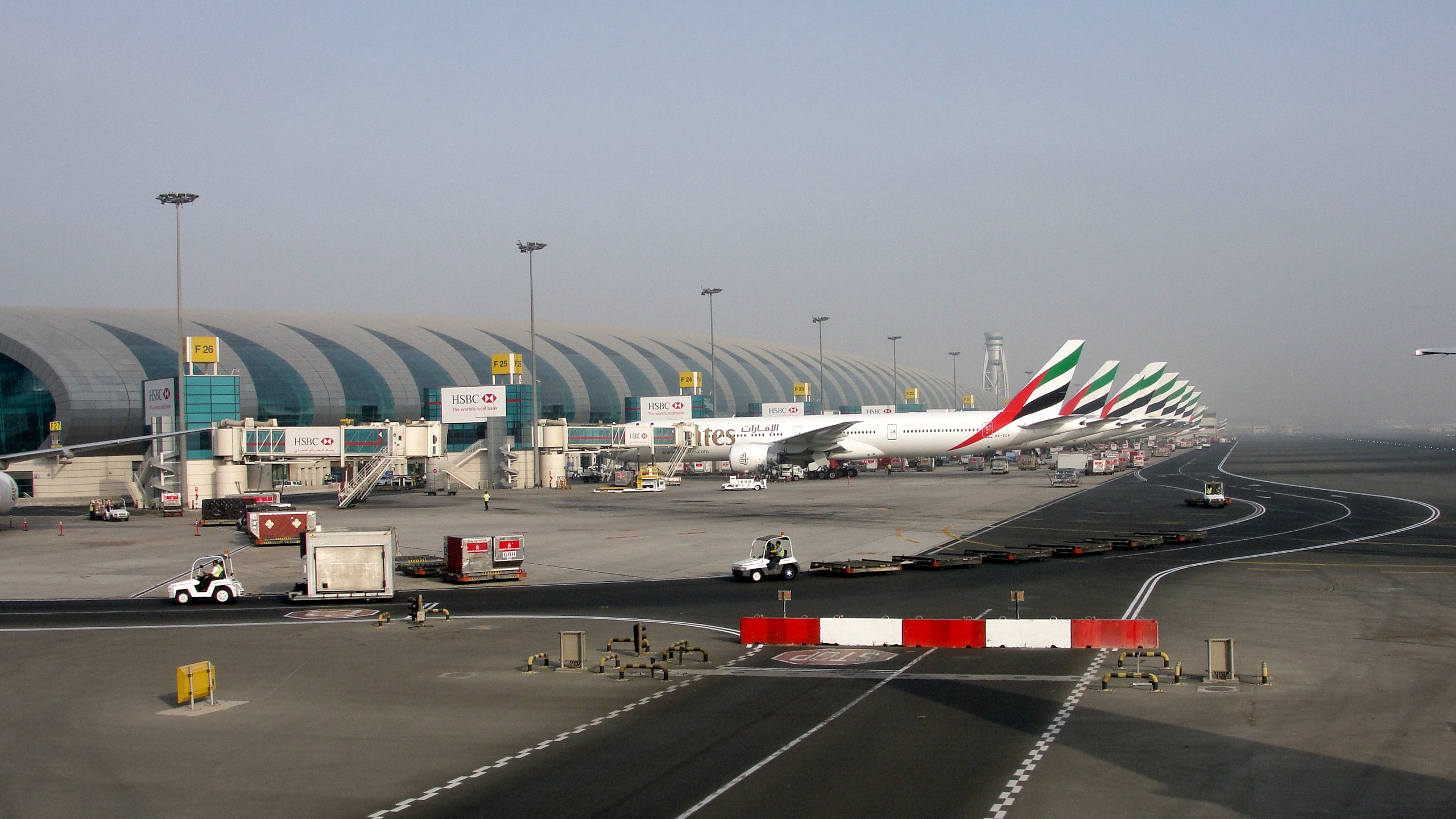
Dubai’s largest construction project, the AED120bn ($33bn) expansion of Al-Maktoum International Airport, is expected to restart, as reported by MEED.
Talks are ongoing among officials connected with the project, and potential stakeholders have been informally told to prepare as the scheme is expected to resume. The project’s revival will be a significant boost for Dubai’s economy, which has been impacted by lower oil prices and the focus on developing the Expo 2020 site.
Dubai International Airport handled 66.1 million passengers in 2022, and the rebound in traffic numbers has strengthened the outlook for the expansion. While the number is below the 86.4 million passengers recorded in 2019, the growing monthly numbers indicate that Dubai expects 78 million to use the airport in 2023 before returning to pre-pandemic levels in 2024. However, one of the key challenges for Dubai International Airport is runway capacity, as it only has two runways and is expected to reach maximum capacity as aircraft movements increase. This trend is expected to accelerate further as Emirates airline starts operating smaller Airbus A350 planes with fewer seats, which will mean more aircraft movements.
Dubai’s Al-Maktoum International Airport, also known as Dubai World Central (DWC), was officially launched in 2014, and the expansion involves building the largest airport in the world by 2050, with the capacity to handle 255 million passengers a year. The initial phase, which was due to be completed in 2030, will take the airport’s capacity to 130 million passengers a year. The entire development will cover an area of 56 square kilometers.
The expansion project stalled with the onset of the Covid-19 pandemic in early 2020, and tendering for work on the project has also been affected. Firms were competing for the estimated $2.7bn substructure contract for Concourse 1 and the West Terminal building, which is the largest contract tendered for the project. The contract covers the delivery of more than 1.7 million square meters of connected basement footprint, which will house the people-mover tunnels, baggage handling systems, ground services road network, and other back-of-house technical and support facilities.
Another challenge for Dubai International Airport is the increasing regional competition. While it is the largest airport in the region and Emirates is the largest airline, its position is now challenged by Saudi Arabia’s plans. At the end of 2022, Saudi Arabia launched the master plan for King Salman International Airport in Riyadh, which aims to accommodate up to 120 million passengers by 2030 and 185 million by 2050. It also launched a new airline known as Riyadh Air earlier this year.





